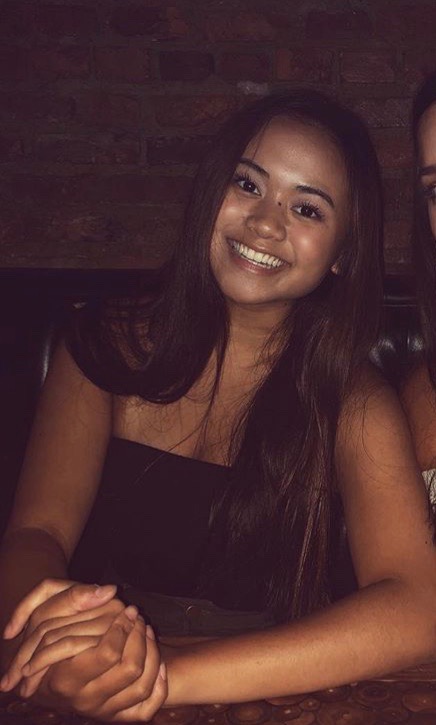A good majority of our lives have been revolved around school. We have adapted to schedules, syllabus, teachers and professors, falling into this pattern of certain teaching methods and learning procedures. We fall head over heels for our teachers — sometimes seen as intimidating authority figures — in order to get the best scores for our class. Why do students go through this? Who is controlling education in America? In other words, who is controlling us, the students? It is a common misconception to believe that this is the work of the teachers. It is simply easier to think teachers are the ones in power because they are the ones teaching the information to students. Although, teachers are a factor to education in America, they are just a smaller piece to the bigger picture. When thinking about this question, we must consider the grand scheme of how schools keep going: funding. Schools (public schools in particular) get their funding from many sources: donations, fundraisers, taxes, and the two that we want to focus on today –federal and state governments. According to American Education, there are three main ways political control is exercised in schools: “one way is voting for representatives in the federal and state governments that legislate education policies. The second is through voting for local school boards. A third way is through parents voting with their feet by deciding to exercise choice regarding what school their children attend” (Spring 219).
As said, factors such as voting in local school boards and parents exercising their rights of the children do play parts into the control of education, only they are localized. Looking at who controls our children’s education may seem like it is in the hands of the district which you live, but there is actually a greater power we often forget to ponder — our state and federal government. I believe state and federal governments control a majority of how our educational system in America is today. There are pros and cons to this case, some of which highly help or hinder a students’ progress in school. Of all that, it is necessary for state and federal governments to have control over education for many reasons. State governments have their own standards and curriculum for every student to meet in order to move to the next grade level. This is organized by state to keep track of records, students’ improvement, and how states are ranked educationally. A con of state standards are standardized tests. Over time, standardized tests have become inapplicable and unconnected to a students’ growth. The goal is that they are supposed to measure a student’s individual performance. All students learn differently, so when it comes time to take a standardized test, some students will perform successfully simply because they are good test takers while others will perform poorly because their strengths in learning lie elsewhere (essays, creative projects, verbal testing, etc.). The pros of state and federal government having control over education is their funding and support for school choice. The text book mentions how the 2016 Republican Platform was very accommodating and supportive of alternative ways of learning: “We support options for learning, including home schooling, career and technical education, private or parochial schools, magnet schools, charter schools, online learning, and early college high schools. We especially support the innovative financing mechanisms that make options available to all children: education savings accounts (ESAs), vouchers, and tuition tax credits” (Spring 223).
Overall, I do believe it is the state and federal governments that control education in America. Yes, there are other factors, but these factors all combine into what is in the hands of the governments. It is up to them what goes into students’ curriculum, certain testing, teaching methods, and passing acts specifically dealing with education. Federal and state governments have the power to create or tear down schools, implement new rules, and design new programs.

